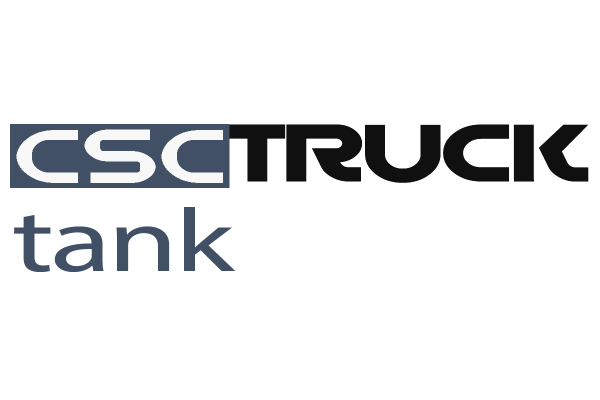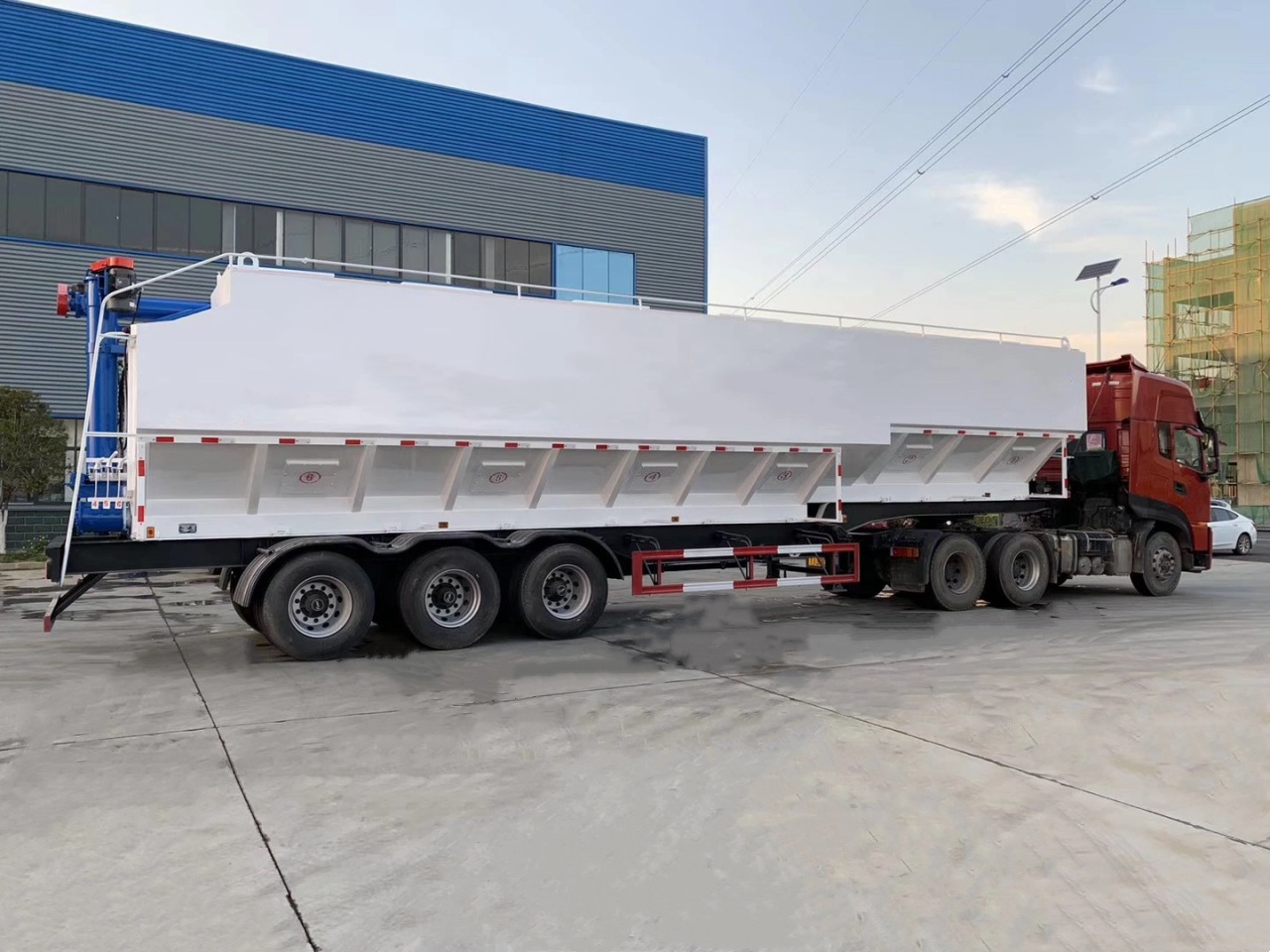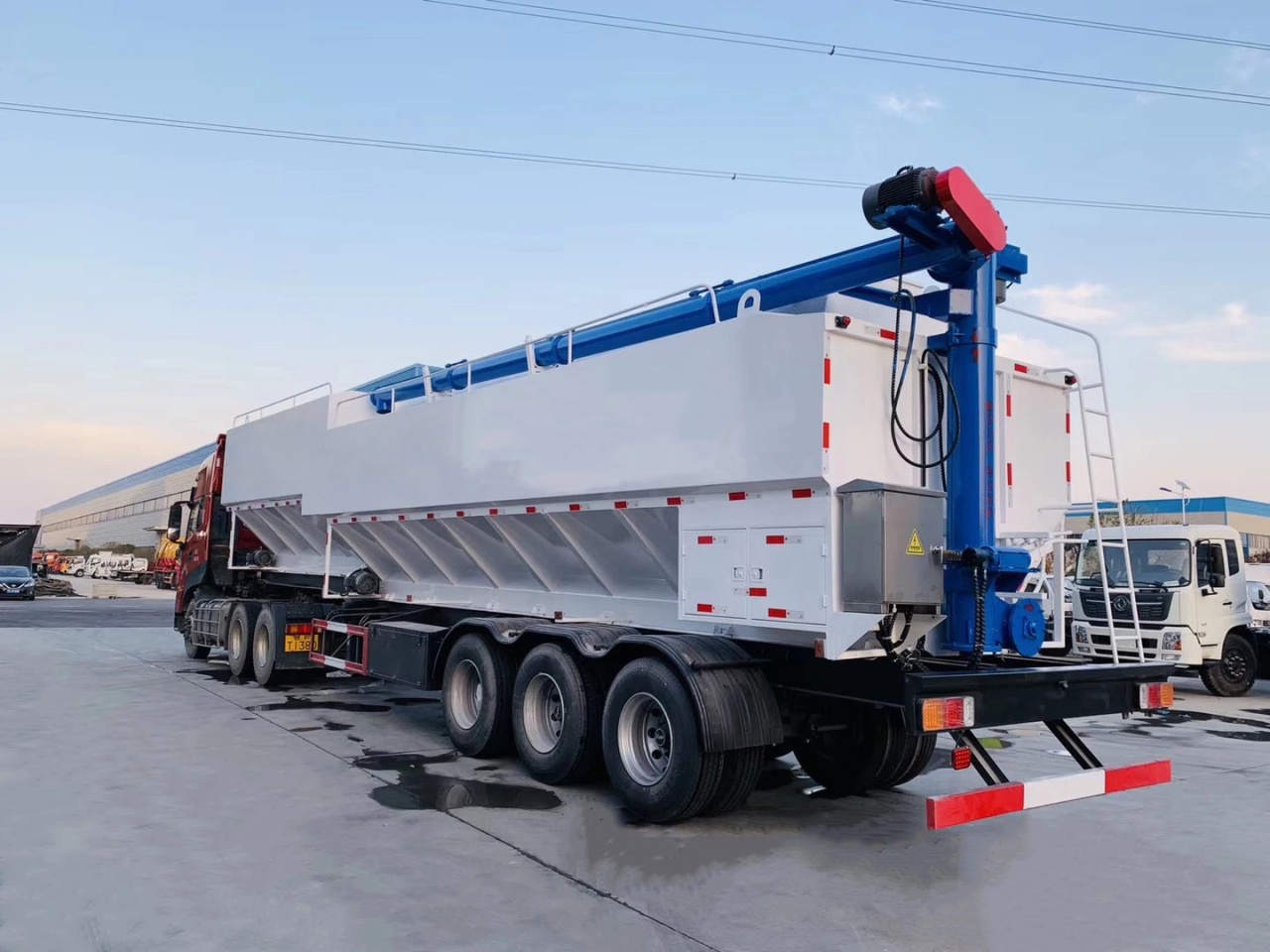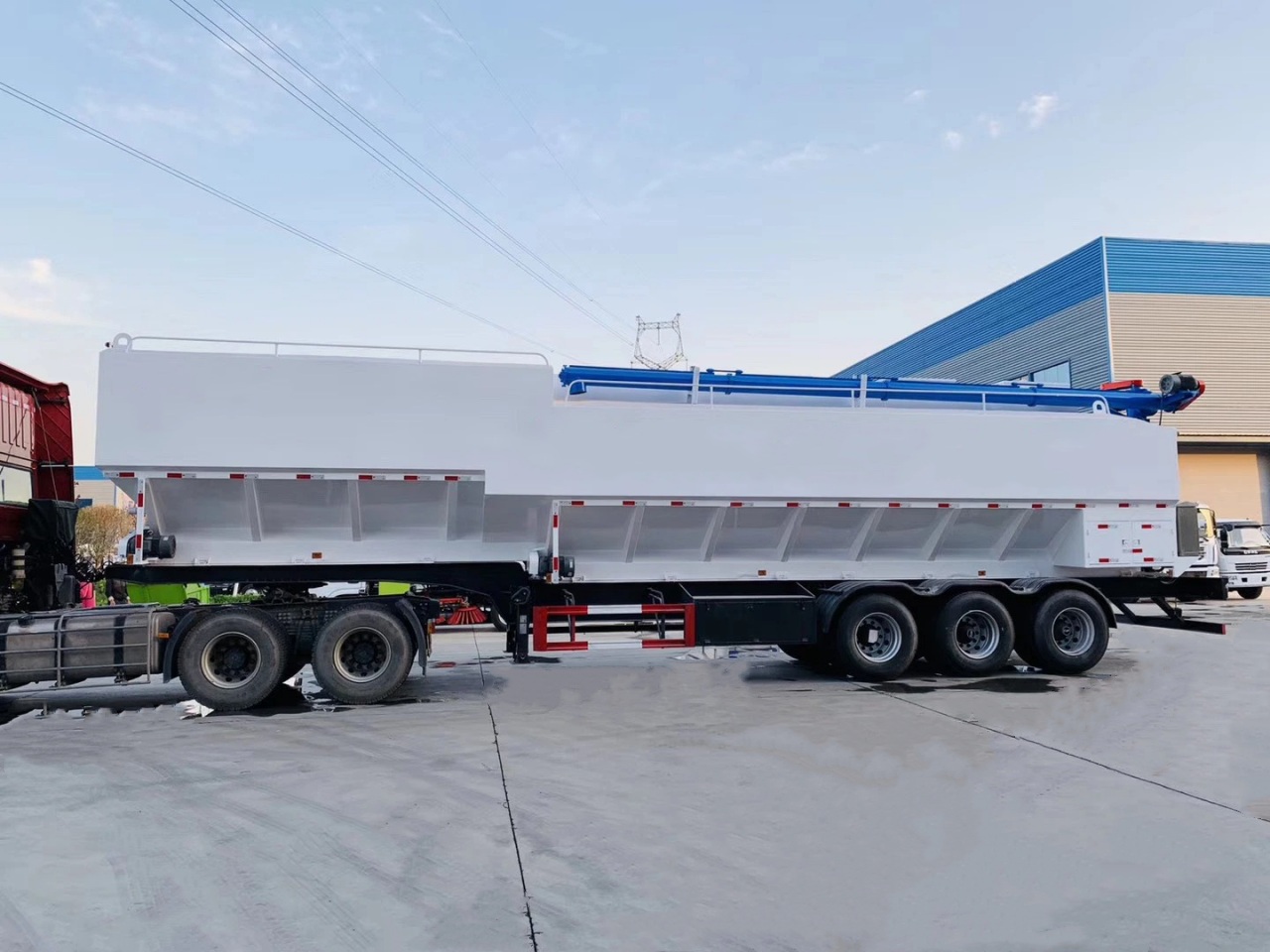Dry bulk logistics is a crucial sector of the transportation and supply chain industry that focuses on the handling, storage, and movement of dry bulk materials. These materials are typically granular, powdery, or lumpy commodities transported in large quantities without packaging. Common examples include cement, grains, coal, minerals, fertilizers, and plastic pellets. The efficient and safe transportation of these goods is vital for numerous industries, including agriculture, construction, energy, and manufacturing.
In this article, we explore what dry bulk logistics entails, its components, key players, challenges, and technological advancements shaping its future.
Understanding Dry Bulk Logistics
Dry bulk logistics encompasses all the processes involved in moving dry bulk commodities from their origin, such as mines, farms, or factories, to their final destination, often another factory, storage facility, or port. Unlike containerized cargo, dry bulk goods are not packaged but transported loose in specialized equipment such as silos, hoppers, railcars, or dry bulk tankers.
This logistics segment requires a tailored approach due to the nature of the goods involved. For instance, the flow characteristics of powders differ from granular materials, affecting how they are loaded, stored, and discharged.
Types of Dry Bulk Materials
Dry bulk cargo is generally divided into two categories:
- Major Dry Bulk: These are high-volume commodities such as coal, iron ore, and grains. They account for a significant percentage of global trade and are often transported by large bulk carriers.
- Minor Dry Bulk: These include materials like fertilizers, cement, bauxite, salt, and scrap metal. Although they move in smaller volumes than major dry bulk, they are still essential to global supply chains.
Each type of material presents unique logistical requirements. For example, cement is prone to moisture absorption and requires airtight transport systems, while grains need ventilation to prevent spoilage.
Key Components of Dry Bulk Logistics
The dry bulk logistics process involves several key components:
1. Transportation
Transportation is the backbone of dry bulk logistics. It typically involves several modes:
- Road: Trucks with specialized dry bulk trailers (such as pneumatic tankers or tipper trailers) are used for shorter hauls or final-mile delivery.
- Rail: Railcars equipped with hoppers are efficient for transporting large quantities across land.
- Maritime: Bulk carriers are commonly used for the international shipping of dry bulk goods over long distances.
Each mode must accommodate the specific requirements of the cargo, such as containment, dust control, and discharge methods.
2. Storage
Proper storage is essential to maintain product quality. Dry bulk materials are stored in silos, bins, or warehouses depending on the product and volume. Storage facilities must be designed to prevent contamination, moisture intrusion, and product degradation.
3. Handling Equipment
Specialized handling equipment is required to move dry bulk materials efficiently. These include:
- Conveyors and elevators
- Pneumatic blowers
- Hopper loaders and unloaders
- Dust suppression systems
Automation is increasingly used to improve speed, safety, and precision during loading and unloading operations.
4. Packaging (When Applicable)
Though dry bulk materials are typically transported unpackaged, there are instances where partial packaging is used, especially for retail or small-scale industrial distribution. In such cases, products may be bagged or containerized.
Logistics Planning and Management
Effective dry bulk logistics requires meticulous planning and coordination. Key considerations include:
- Load Optimization: Ensuring vehicles are loaded to capacity without exceeding weight limits or compromising safety.
- Route Planning: Selecting the most efficient and cost-effective transport routes, accounting for regulations and infrastructure.
- Inventory Management: Balancing supply and demand to minimize storage costs and reduce the risk of spoilage.
- Compliance: Adhering to safety, environmental, and regulatory standards, especially for hazardous or perishable goods.
Logistics managers use a range of software tools and technologies to streamline operations, track shipments in real time, and optimize supply chain efficiency.
Challenges in Dry Bulk Logistics
Despite its importance, dry bulk logistics faces several challenges:
1. Product Sensitivity
Many dry bulk materials are sensitive to moisture, temperature, and contamination. Even minor exposure to adverse conditions can result in significant losses.
2. Environmental Regulations
Transporting dry bulk materials, particularly those prone to generating dust or pollution, is subject to strict environmental regulations. Companies must invest in dust suppression, emission control, and spill containment systems.
3. Infrastructure Limitations
Some regions may lack adequate infrastructure, such as suitable roads, rail networks, or storage facilities, making it difficult to transport and store dry bulk goods efficiently.
4. Volatility in Demand and Supply
Market fluctuations, geopolitical events, and natural disasters can all impact the supply and demand for dry bulk commodities. This volatility complicates planning and increases operational risk.
Technology in Dry Bulk Logistics
Technology is playing an increasingly important role in addressing the complexities of dry bulk logistics. Some notable advancements include:
- Telematics and GPS Tracking: Provide real-time visibility into fleet movements and improve delivery accuracy.
- Automated Loading Systems: Increase throughput and reduce labor costs.
- IoT Sensors: Monitor conditions such as humidity, temperature, and product levels in storage and transit.
- Logistics Management Software (LMS): Helps with route planning, scheduling, load tracking, and compliance documentation.
- Drones and Robotics are used in warehouse inspection, inventory counting, and remote monitoring of large-scale storage facilities.
These innovations not only improve operational efficiency but also enhance safety and environmental compliance.
The Future of Dry Bulk Logistics
The future of dry bulk logistics is being shaped by several trends:
- Sustainability Initiatives: Companies are investing in cleaner fuels, electrified transport, and green storage technologies to reduce their environmental footprint.
- Digital Transformation: Adoption of digital twins, AI-powered demand forecasting, and blockchain for transparent and secure transactions is on the rise.
- Globalization and Trade Shifts: As global trade patterns evolve, dry bulk logistics providers must adapt to new routes, partners, and regulatory environments.
- Resilience and Risk Management: The COVID-19 pandemic underscored the need for robust supply chains. Future logistics strategies will prioritize flexibility, diversification, and risk mitigation.
Conclusion
Dry bulk logistics is an indispensable part of the global supply chain, enabling the movement of critical raw materials that fuel industries and economies. It requires a highly specialized approach, combining advanced equipment, strategic planning, and technological innovation to ensure safe, efficient, and environmentally responsible transportation. As industries continue to evolve and global demand shifts, dry bulk logistics will play a pivotal role in meeting these new challenges and opportunities.






